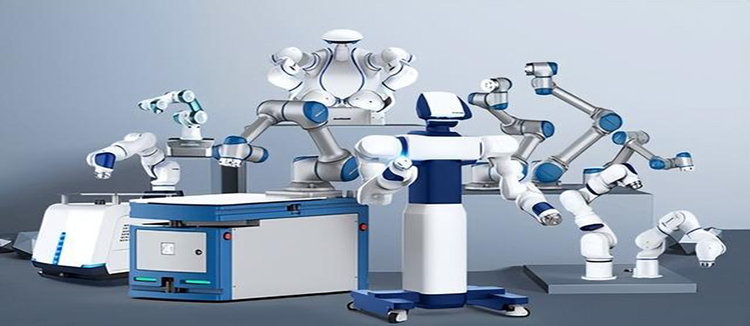The Evolution of AI: Unraveling the Power of Transformer Models in Modern Technology
Artificial Intelligence (AI) has come a long way since its inception, and one of the most significant advancements in recent years is the development and application of Transformer models. The term "Transformer" refers to a type of deep learning architecture that has revolutionized the field of natural language processing (NLP) and beyond. This article delves into the transformative impact of Transformer models on AI, exploring their origins, capabilities, and future potential.

The Transformer model was introduced in a 2017 research paper titled "Attention Is All You Need" by Vaswani et al. The paper presented a novel architecture that relied solely on attention mechanisms to process sequences of data, such as text or speech, without the need for recurrence or convolutions that were traditionally used in sequence processing tasks. This was a groundbreaking shift in the way AI models were designed, as it allowed for more efficient and effective processing of sequential data.
One of the key strengths of the Transformer model is its ability to handle long-range dependencies in data. Traditional models like Recurrent Neural Networks (RNNs) and Long Short-Term Memory (LSTM) networks struggled with this aspect, as they had difficulty capturing dependencies that spanned long distances in the input sequence. The Transformer, with its self-attention mechanism, can directly weigh the importance of all words in a sentence regardless of their position, making it particularly adept at tasks that require understanding context and relationships between words.
The success of the Transformer model in NLP tasks has been nothing short of phenomenal. It has become the backbone of many state-of-the-art models in various applications, including machine translation, text summarization, and question-answering systems. For instance, Google's BERT (Bidirectional Encoder Representations from Transformers), which is based on the Transformer architecture, has set new benchmarks in language understanding tasks by pre-training on a large corpus of text and fine-tuning on specific tasks.

Beyond NLP, the versatility of the Transformer model has led to its adaptation in other domains as well. It has been applied to computer vision tasks, where it has shown promise in handling image data by treating pixels as a sequence of data points. This cross-modal application demonstrates the flexibility and robustness of the Transformer architecture, which can be adapted to different types of data beyond just text.
The future of the Transformer model is as exciting as it is promising. Researchers are exploring ways to scale these models even further, both in terms of size and the complexity of tasks they can handle. Additionally, there is ongoing work to make Transformers more energy-efficient and to address some of the ethical concerns surrounding AI, such as bias in language models.
As the Transformer model continues to evolve, it is clear that its impact on AI will be profound. It has already transformed the way we approach sequence processing tasks and has the potential to shape the future of AI in ways we are only beginning to understand. The Transformer model is not just a model; it is a paradigm shift in AI, one that prioritizes attention and context, leading to more human-like understanding and interaction with machines.











